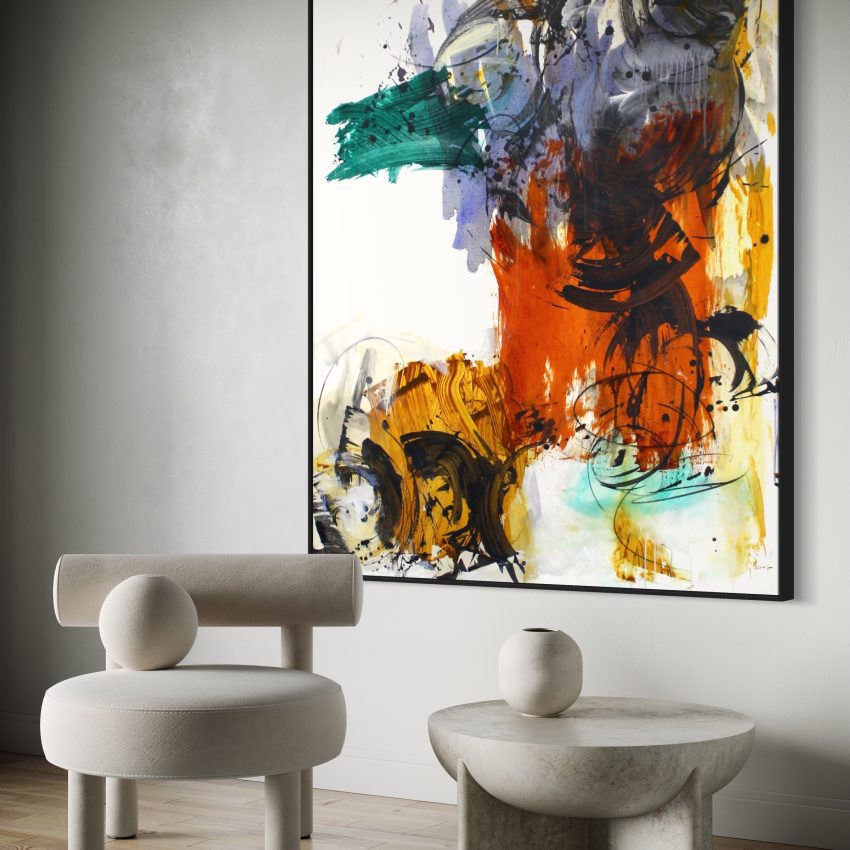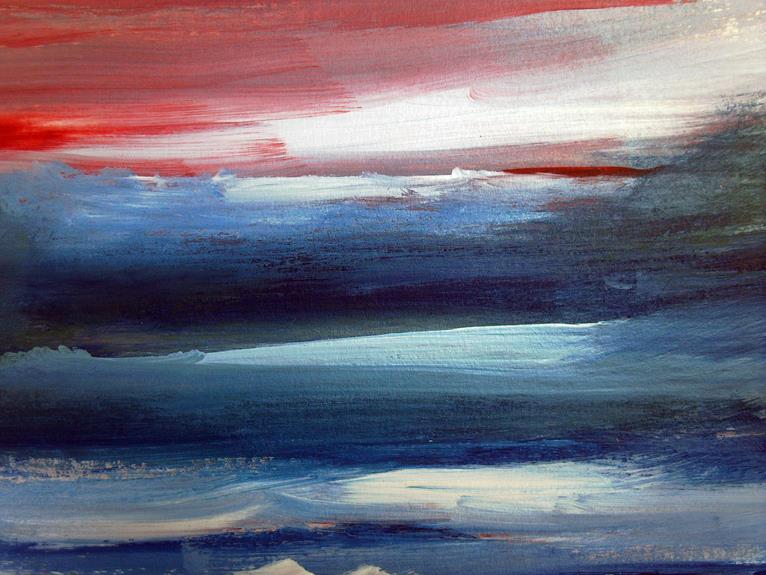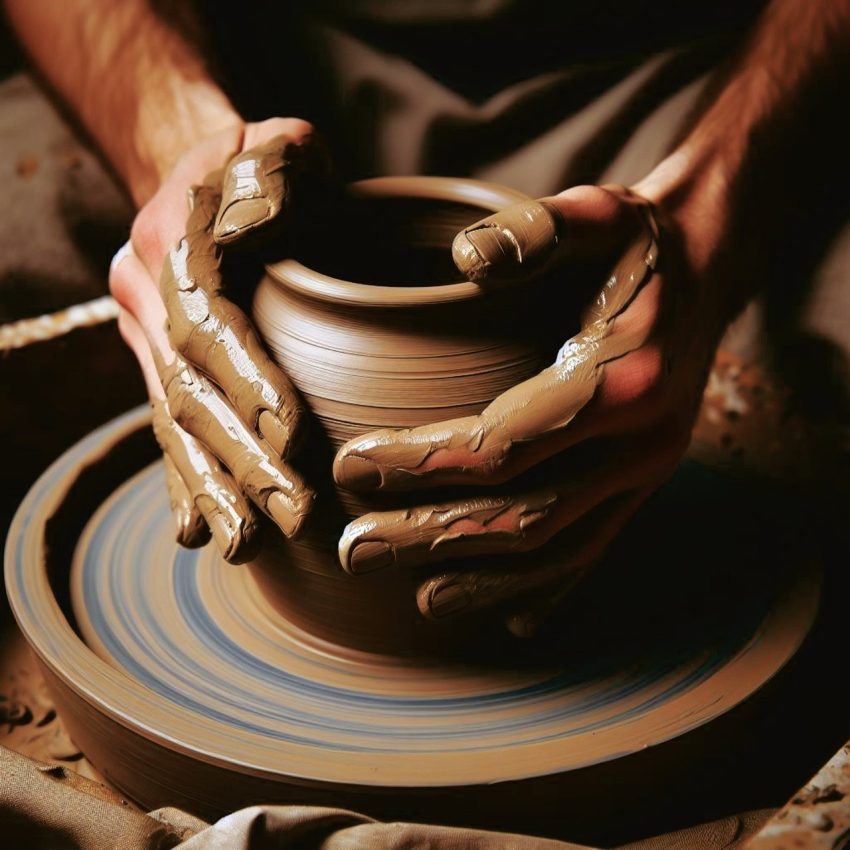Contemporary Art
Where Boundaries Dissolve and Creativity Flourishes
Contemporary art, the vibrant offspring of the 20th and 21st centuries, defies conventions and embraces diversity.
Thriving in a globally connected world, these artists explore materials, conceptualisations, and subjects with unbridled curiosity.
In this article, we embark on a journey through the kaleidoscope of contemporary art, unraveling its essence and impact.
It is important to note here that postmodernism is also a term for contemporary.
The Significance of Diving into Contemporary Artists and Artworks
This art serves as more than a visual spectacle; it embodies a profound cultural dialogue that transcends the confines of time and place.
Delving into the realm of this art is a journey of exploration and discovery, driven by several compelling reasons.
Exploring Contemporary Artists and Artworks
Dynamic Fusion: A Tapestry of Influences
These artists act as cultural alchemists, skillfully blending influences from diverse cultures, historical contexts, and technological advancements.
Their creations stand as a dynamic fusion, marrying the richness of the past with the innovation of the present.
This interplay of old and new, tradition and innovation, creates a visual tapestry that mirrors the complexity of our interconnected world.
Challenging Boundaries: Beyond Conventions and “-Isms”
In contrast to art movements tethered to rigid “-isms,” postmodern art thrives in ambiguity.
It is a realm where norms are questioned, genres are blurred, and the traditional confines of artistic expression are stretched to their limits.
By challenging boundaries, postmodern art invites viewers to explore beyond the surface, fostering a space where creativity knows no constraints.
Personal and Collective Identity: Reflections of Humanity
At its core, postmodern art grapples with the intricate tapestry of identity—both personal and collective.
Artists navigate the complexities of cultural, societal, and international identity, offering reflections on the ever-evolving understanding of self and society.
Through diverse artistic expressions, postmodern art becomes a mirror reflecting the multifaceted nature of the human experience.
Origins and Evolution : From Modernism to Now
The establishment of the Contemporary Art Society in 1910 played a pivotal role in marking this shift from the “modern” to the “contemporary” realm.
This society served as a catalyst for embracing new forms of artistic expression, fostering a spirit of innovation and experimentation.
By providing a platform for artists to showcase their work that challenged traditional boundaries, the Art Society became a driving force behind the evolution of artistic thought.
The society’s role in supporting and promoting postmodern artists was instrumental in breaking away from the established norms of the time.
It became a hub where artists could explore uncharted territories, pushing the boundaries of what was considered acceptable in the realm of art.
This shift allowed for a more inclusive and diversified range of artistic styles, themes, and mediums to flourish which is very evident in the art scene today.
New York emerged as the epicenter of groundbreaking postmodern art movements, shaping the trajectory of the art world and impacting international trends.
Today New York continues to be a vital hub for postmodern art, with Chelsea becoming synonymous with cutting-edge galleries.
The district houses a diversified range of postmodern artists, from emerging talents to established figures, contributing to the city’s ongoing legacy as a international art capital.
While New York holds a prominent position in the narrative of postmodern art, Boston, too, has played a significant role in shaping the artistic landscape, contributing to the rich tapestry of the art world.
Boston boasts a deep-rooted academic tradition, with institutions like the School of the Museum of Fine Arts at Tufts University fostering artistic talent.
The city is home to renowned museums, including the Museum of Fine Arts (MFA) and the Institute of Contemporary Art (ICA), which house extensive collections spanning various artistic movements.
Lifetimes and Lifespans
The definition of postmodern art often hinges on the timeframe of an artist’s production, with some categorizing it as works created within their lifetime.
However, delving into the concept of lifetimes and lifespans reveals that the essence of postmodern art surpasses mere chronology, weaving a narrative of relevance and enduring impact.
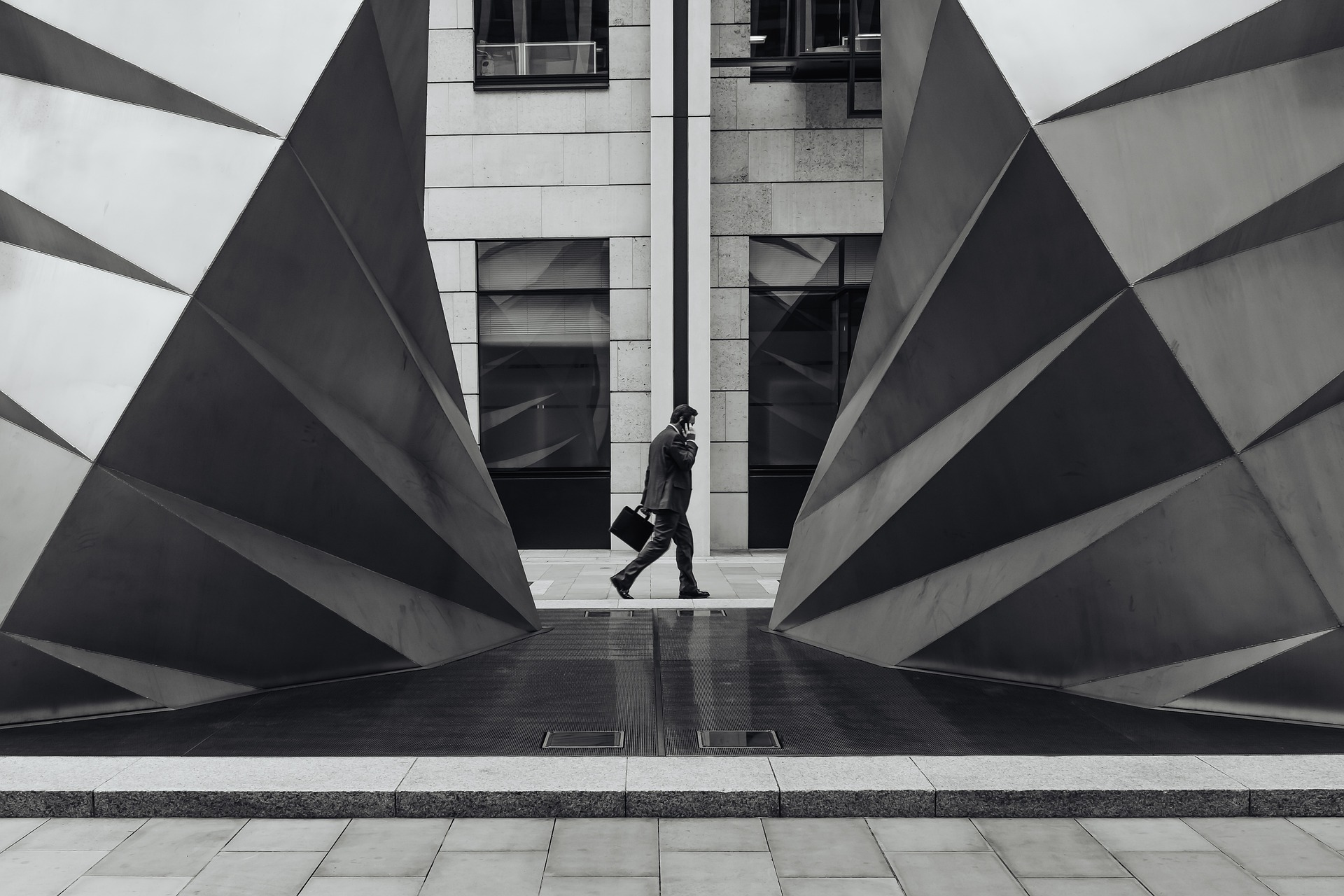
The Multidimensional Nature of Contemporary Art
Temporal Boundaries vs. Relevance: While it’s true that postmodern art encompasses creations within a specific temporal framework, its significance extends beyond the constraints of time.
The dynamism of postmodern art lies in its ability to transcend temporal boundaries and remain relevant, engaging with postmodern issues, ideas, and societal shifts.A Reflection of the Present: The term “contemporary” inherently implies a connection to the current moment.
Artists working within this genre often grapple with current themes, technological advancements, and societal changes, creating a dialogue between the artwork and the postmodern world. This dynamic engagement contributes to the art’s enduring impact.Relevance Beyond Chronological Constraints: Contemporary art is not solely defined by the span of an artist’s lifetime but by the enduring relevance of their work. Art that speaks to universal themes, challenges conventions, or sparks critical conversations retains its significance, resonating with audiences across generations.
Cultural Shifts and Evolution: Lifetimes and lifespans in postmodern art are intertwined with the cultural shifts and evolution of society. Artists contribute to this ongoing narrative by looking back, critiquing, and influencing the zeitgeist. The art produced within one’s lifetime becomes a marker of the era’s pulse, contributing to a broader conversation about the human experience.
As we navigate the expansive realm of postmodern art, understanding the nuanced interplay between lifetimes and lifespans becomes essential.
Contemporary art, with its ability to transcend temporal constraints, invites us to investigate not only the chronological aspect but also the enduring relevance that art holds, making it a dynamic force that resonates with audiences well beyond the immediate context of its creation.
The 1960s: A Turning Point for Contemporary Artist and Artwork
In the exploration of postmodern art, the 1960s holds a significant place as a pivotal period that witnessed transformative shifts in artistic expression and cultural dynamics.
During this decade, artists broke away from the established norms of the preceding era, ushering in a new wave of experimentation and conceptual exploration.
The 60s marked a radical departure from traditional artistic paradigms. Artists embraced a spirit of rebellion and sought to redefine the boundaries of visual language.
This era saw the rise of conceptual art, a movement that prioritized ideas and concepts over material form.
Visionaries like Yoko Ono and Joseph Kosuth challenged the conventional understanding of art, introducing new ways of thinking and creating.
The impact of the 60s resonates strongly in the realm of postmodern art.
The conceptual art movement, born out of this period, questioned the very nature of artistic materiality.
Artists sought to convey meaning through ideas, engaging viewers in intellectual dialogues that went beyond the traditional confines of painting or sculpture.
This revolutionary approach to artmaking had a profound impact on the subsequent development of postmodern art.
It paved the way for diversified mediums and conceptual frameworks, allowing artists to investigate the very essence of their creative process.
As the 60s unfolded, it became a bridge connecting the modern to the postmodern, laying the groundwork for the dynamic and boundary-defying art scene we experience today.
In the ever-evolving dialogue of postmodern art, the 60s stands as a foundational chapter.
It was a period of artistic liberation, where the seeds of conceptual exploration were planted, ultimately shaping the diversified and intriguing landscape of postmodern artistic expression.
As we navigate through galleries, investigate sales, and engage with the multifaceted postmodern art scene, we can trace the echoes of the 1960s—a time that redefined the very essence of what art could be.
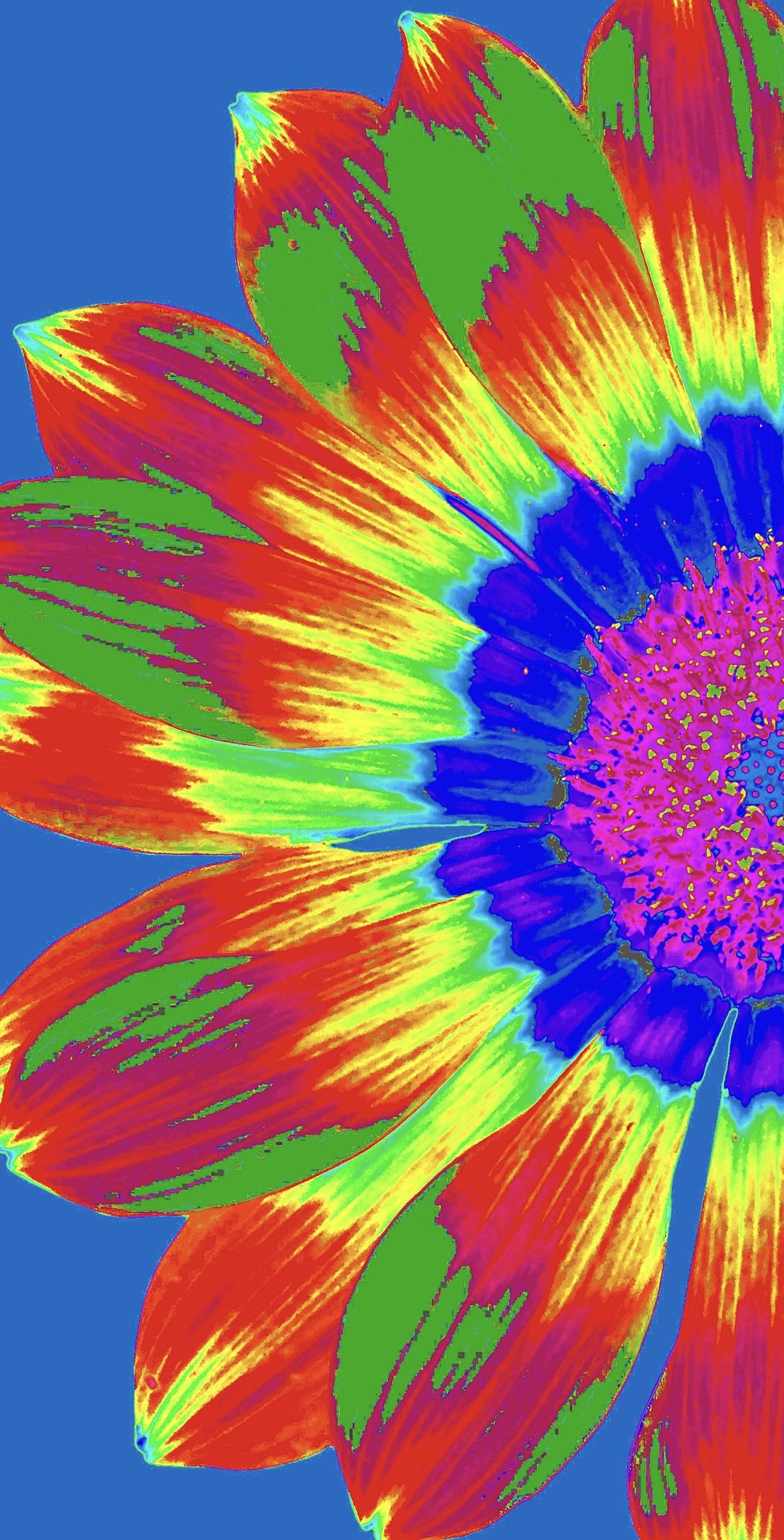
The 1970s: A Decade of Artistic Maturation
The 1970s can be characterized as a decade of artistic maturation within the realm of postmodern art.
It was a time when the conceptual groundwork laid in the preceding decade began to bear fruit, resulting in the Building on the groundwork laid in the 60s, the 70s saw the continued flourishing of conceptual / theoretical art.
Artists like Sol LeWitt and Joseph Kosuth expanded on conceptual approaches, leading to a surge in installations, performance art, and works challenging conventional artistic norms.
The Feminist Art Movement was crucial in this decade, with artists such as Judy Chicago and Miriam Schapiro addressing gender, identity, and representation.
There were Land Art and Environmental Concerns which was exemplified by Robert Smithson. Also 1970 saw the rise of Photorealism and Hyperrealism, showcased by artists like Chuck Close and Audrey Flack.
With its rich tapestry of artistic movements, significantly impacted the diversified and inclusive nature of postmodern art today.
As we navigate galleries, engage with sales, and immerse ourselves in the dynamic postmodern art scene, the echoes of the 1970s persist—a period marked by artistic exploration, social consciousness, and ongoing creative evolution.
Contemporary art is a playground of diversified expressions, where artists seamlessly traverse various mediums, crafting captivating experiences that transcend traditional boundaries.
Here, we delve into the multifaceted realm of postmodern art, investigating the convergence of multimedia marvels and the intriguing landscapes of conceptual / theoretical art.
Diverse Expressions: Unleashing the Multifaceted Nature of Contemporary Artists and Their Artworks
Exploring the Spectrum of Artistic Expression
Multimedia Marvels: Crafting Immersive Journeys
Contemporary artists are virtuosos of multimedia, wielding their creativity across a spectrum of mediums.
From the timeless strokes of painting to the three-dimensional wonders of sculpture, the captivating freeze-frames of photography, and the immersive realms of installation and performance, artists blur the lines between distinctions.
Each medium becomes a brushstroke in the larger canvas of postmodern art, offering viewers not just a visual treat but an opportunity to step into immersive experiences that defy conventional categorisations.
Conceptual Art: Beyond Materiality to Intellectual Engagement
Conceptual / theoretical art emerges as a thought-provoking facet of postmodern expression, challenging the very essence of materiality.
It transcends the physicality of traditional art, inviting audiences into a realm where ideas take center stage. Joseph Kosuth’s neon-lit dictionary definitions epitomize conceptualism, where the process, context, and intellectual engagement become the focal points.
In this realm, art is not merely an object; it’s a conduit for ideas, sparking contemplation and engaging viewers on a cerebral level.

Themes and Characteristics: Navigating the Societal Tapestry of Contemporary Artist and Artwork
Contemporary art emerges as a vibrant tapestry, woven with themes and characteristics that depict the intricate threads of our societal fabric.
In this exploration, we delve into two compelling aspects—Identity Politics and Globalisation and Migration—that encapsulate the nuanced reflections of postmodern artists.
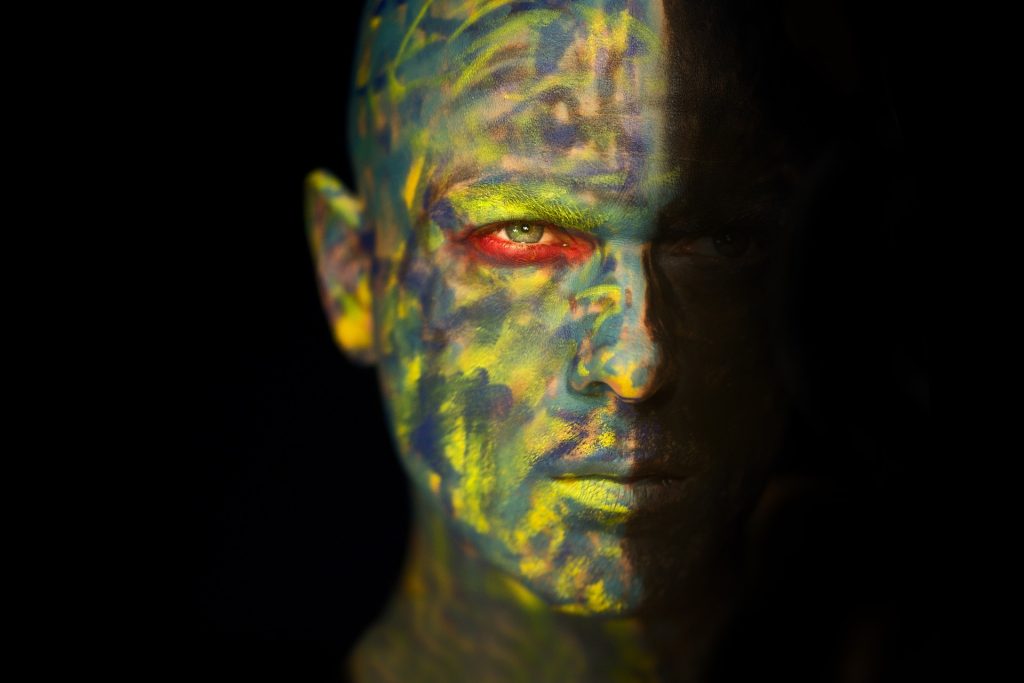
Unraveling the Societal Threads
Identity Politics: An Exploration of the Self in Society
Contemporary art becomes a crucible for grappling with identity, delving into the complex intersections of gender, race, sexuality, and more.
Artists like Kara Walker boldly confront historical narratives and power structures, weaving powerful narratives that challenge and reframe our understanding of the self within societal constructs.
Through visual storytelling, postmodern art becomes a catalyst for dialogue, prompting viewers to question ingrained norms and engage in critical reflections on identity.
Globalization and Migration: Art as a Borderless Expression
In a world becoming increasingly interconnected, postmodern artists navigate the terrain of globalization and migration.
Ai Weiwei’s activism, Banksy’s poignant street art, and Yinka Shonibare’s diasporic explorations resonate far beyond geographical borders.
Their works serve as a mirror to our borderless reality, addressing global issues, advocating for human rights, and investigating the diversified experiences of migration.
Through these artistic expressions, postmodern art transcends physical boundaries, fostering a shared understanding of the universal challenges and triumphs of the human experience
Legacy and Impact: Shaping Contemporary Narratives
In the realm of postmodern art, the legacy and impact of artistic endeavors reverberate through prestigious recognitions and transformative technological advancements.
Let’s delve into two significant facets—The Turner Prize and the Digital Revolution—each playing a pivotal role in shaping the narratives of postmodern artistic expression
Unveiling Artistic Legacies
The Turner Prize: Celebrating British Artistic Ingenuity
The Turner Prize stands as a beacon, illuminating the brilliance of postmodern British artists.
This esteemed accolade transcends conventional norms, celebrating innovation and pushing artistic boundaries.
From Damien Hirst’s iconic shark suspended in formaldehyde to Grayson Perry’s thought-provoking ceramics, the Turner Prize becomes a stage where artistic experimentation thrives.
Beyond individual creations, the prize sparks debates, fosters critical discourse, and contributes to the ongoing dialogue surrounding the trajectory of postmodern art in the UK.
Digital Revolution: Redefining Art’s Relationship with Technology
Contemporary art boldly embraces the largest digital revolution, ushering in a new era of artistic exploration.
Artists venture into uncharted territories that feature digital installations, virtual reality experiences, and net art that seamlessly blend the virtual and physical realms.
This technological integration transcends traditional mediums, challenging preconceptions and redefining the audience’s relationship with art.
As the digital landscape evolves, postmodern art continues to improve and leverage technology, expanding the horizons of creative expression in unprecedented ways.

Contemporary Artwork: Investigating Modern Galleries and Sales

The Permanent Collection: A Testament to Artistic Legacy
In the world of postmodern art, the concept of a permanent collection of contemporary art takes on added importance.
Museums and art institutions curate these collections as a testament to the enduring legacy of select artworks.
While postmodern art is often associated with the cutting-edge and the avant-garde, the inclusion of certain pieces in a permanent collection signifies their lasting impact on the artistic landscape.
These collections serve as archives of cultural evolution, capturing the essence of different periods, including the dynamic shifts that occurred during the 1960s.
As we investigate postmodern art galleries and sales, the presence of a permanent collection in esteemed institutions like the Tate Modern or the MoMA reinforces the lasting cultural significance of certain contemporary artworks.
Contemporary Art Galleries in the United Kingdom
In the United Kingdom, postmodern art galleries showcase a diversified collection of artwork that amplifies the dynamic nature of the modern art scene produced in the present.
From London to Manchester, these galleries serve as platforms for artists to showcase and investigate their postmodern artwork, providing a snapshot of the ever-evolving cultural landscape.
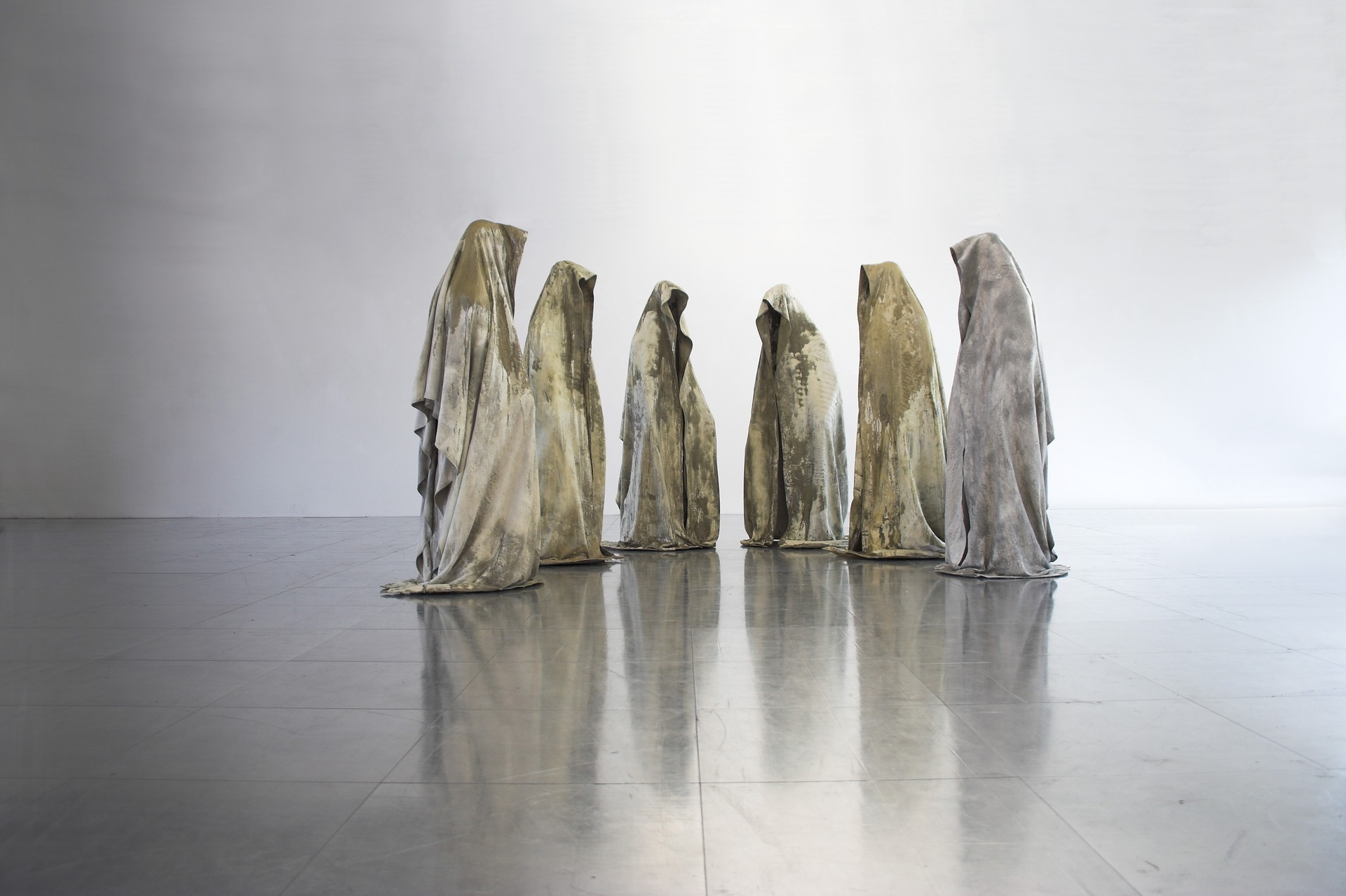

Investigating the Sale of Contemporary
Contemporary art for available for purchase spans a spectrum of styles and mediums, from traditional paintings to modern prints and limited-edition collections.
The purchase of postmodern artwork is not just a transaction; it’s a dialogue between the artist’s creative process and the collector’s appreciation for the modern aesthetic.
Bridging the Gap Between Modern and Contemporary Art
As we investigate postmodern art for available to buy in the UK, the influence of modern art history becomes evident.
The artist’s creative process, often showcased in galleries, invites viewers to discover the meaning behind each brushstroke and conceptual leap.
The collection of postmodern art becomes a visual narrative, spanning the 20th and 21st centuries, where conceptual / theoretical art and visual expression converge.
The worldwide audience for postmodern art has expanded, with institutions and collectors recognising its diversified and intriguing contributions.
The institutional conversation around postmodern art in the United Kingdom, from the Tate Modern to regional galleries, has played a pivotal role in shaping its definition, subject matter and increasing its impact on the broader artistic landscape.
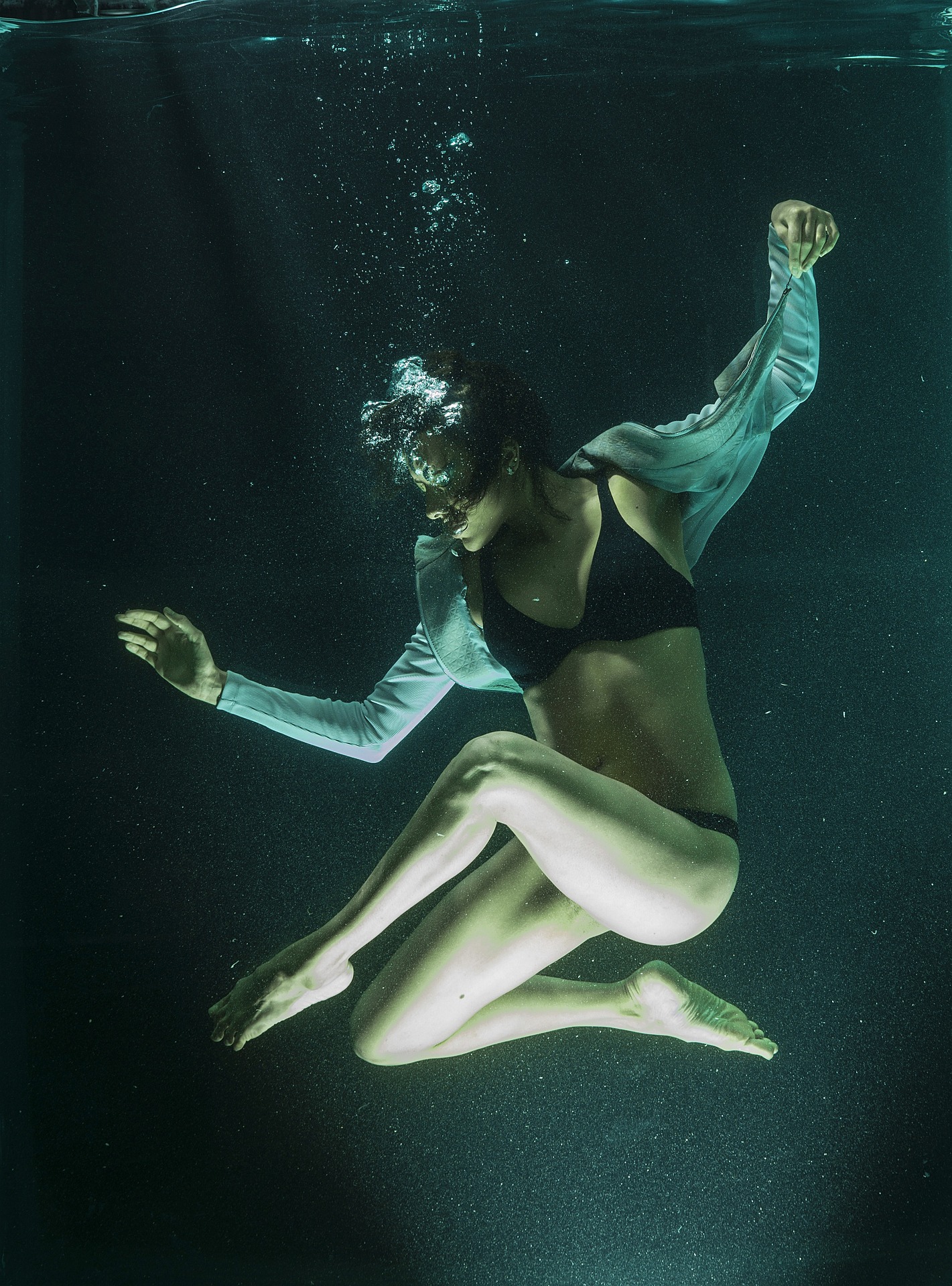
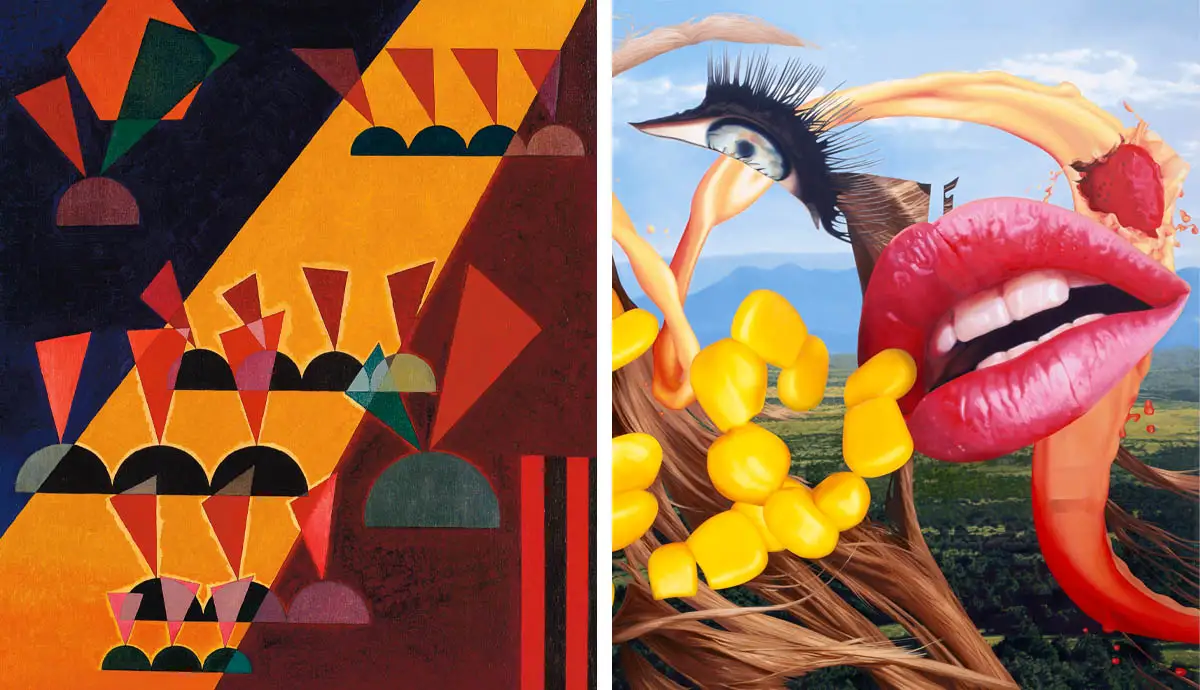
Subscribe, Explore, and Link: Navigating the Contemporary Arts Scene
In a world where the boundaries between genres and mediums are blurred, subscribing to postmodern art channels provides a direct link to the pulse of the artistic dialogue.
Investigating the postmodern art scene is an immersive experience, where concerns of the 21st century, from cultural identity to environmental issues, find expression in diversified forms—painting, performance, photography, and beyond.
The Tree of Contemporary Art: Emma Field's Perspective
Emma Field, a talented postmodern artist, adds her voice to the conversation. Her work, the diversified impact of the postmodern period, challenges traditional structures and introducing innovative concepts.
In an exclusive interview, Emma shares her thoughts on the structure of the postmodern art world, the role of the artist in the 21st century, and the source of her artistic inspiration.

Conclusion: A Dialogue Spanning Generations
The contemporary period, intricately woven into this very day yet intricately connected to a rich tapestry of art history, unfolds as a dynamic and ongoing activity that transcends the conventional boundaries of a museum or gallery.
It’s a living conversation that mirrors the multifaceted and ever-evolving nature of the postmodern period.
In our journey of discovery, active subscription to artistic expressions, and the mindful curation of postmodern artwork, we actively participate in and contribute to a burgeoning legacy.
This legacy stands as a testament to the vast and exceptional pool of artistic voices—a legacy that not only shapes the current cultural landscape but also extends an influential hand into the future.
With each exploration, subscription, and collection, we become custodians of a vibrant artistic narrative, ensuring that the diversified and talented voices of the contemporary period continue to resonate and impact generations to come.


